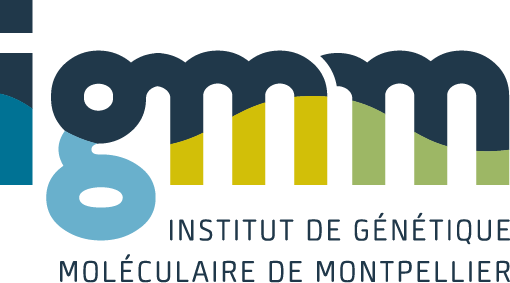Calcium fluxes modulate many biological processes including gene expression, and especially transcription. In this review, we describe the main possible sources of calcium, namely the internal stores and extracellular milieu, as well as the channels that connect them to the cytosol. Calcium influxes activate calmodulin (CaM), a calcium-binding protein, which in turn switches on several kinases (CaM-kinases, CaMK) and a phosphatase (calcineurin). The signalling pathway downstream the Ca2+-CaM complex also includes the CaM-kinases kinases (CaMKK), thus elaborating a CaMK cascade that can cross-talk with other pathways such as the MAP-kinase cascade. The calcium message is discussed in terms of time and space: the transcriptional response depends on the subcellular compartment and on the frequency/duration of the stimuli. Calcium can mo ulate transcription by modifying not only the localisation and activity of transcription factors, but also RNA polymerases processivity and chromatin structure. All these processes act in concert to regulate calcium-dependent transcription. While most of these transactions are mediated by Ca2+-CaM, a recently discovered calcium-sensitive transcriptional repressor, DREAM, directly binds calcium ions. This binding dramatically changes its DNA binding properties.
Calcium fluxes and gene expression
Coulon, V.; Blanchard, J. M.
2001
M S-Medecine Sciences
2001-10 / vol 17 / pages 969-978
Abstract
0767-0974
Étiquettes
activation; transcription; protein-kinase; signaling pathway; c-fos gene; hippocampal-neurons; cbp; ca2+; channels; oscillations
